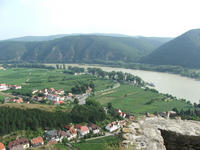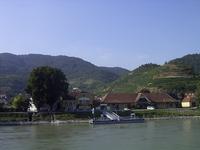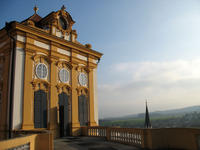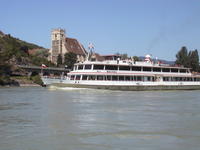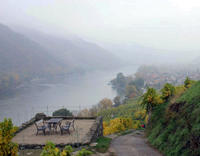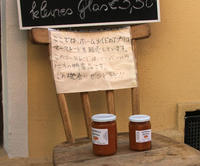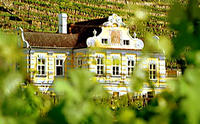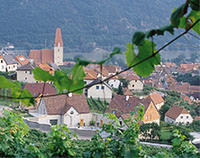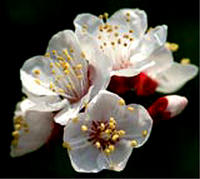You are in: Europe -> Austria -> Wachau Cultural Landscape, and traditional search or Image Gallery will yield results of this site only
Wachau Cultural Landscape
| Site number: | 970 |
|
| Type of site: | Cultural | |
| Date: | Prehistoric-Pre | |
| Date of Inscription: | 2000 | |
| Location: | Europe, Austria, Towns of Krems and Melk, Lower Austria | |
Up to 75 images are shown here. Click on each for more details or on Image Gallery for more images.
| Description: | Between Melk and Krems, lies a stretch of the Danube Valley-the Wachau. The visually distinctive landscape preserves undamaged examples of architecture, (monasteries, castles, ruins), urban design, (towns and villages), and traces of the land’s agricultural use, mainly used for cultivation of vines; the visible traces allude to the site’s evolution since prehistoric times. --WHMNet paraphrase from the description at WHC Site, where additional information is available. | |
| The Wachau is an Austrian valley with a landscape of high visual quality formed by the Danube river. It is one of the most prominent tourist destinations of Lower Austria, located between the towns of Melk and Krems. It is 30 km in length and was already settled in prehistoric times. A well-known place and tourist magnet is Dürnstein, where King Richard the Lion-Heart of England was held captive by Duke Leopold V. The Wachau is well known for its production of apricots and grapes, both of which are used to produce specialty liquors and wines. The Wachau was added to the UNESCO list of world heritage sites in recognition of its architectural and agricultural history. Related to the Austrian Wachau is an area in North Carolina, comprising most of Forsyth County. Founded in 1753 by members of the Moravian Church the colony of 100,000 acres (400 km²) was named "die Wachau" after the valley in Austria because western North Carolina reminded their leader Bishop August Gottlieb Spangenberg of the ancestral home of the Moravians' patron Nicolaus Ludwig, Imperial Count von Zinzendorf 1700-1760. Now the Latin form of the name, Wachovia, is used, hence the name of the Wachovia Corporation founded there in 1879. --Wikipedia. Text is available under the Creative Commons Attribution-ShareAlike License. | ||
| Source: | http://whc.unesco.org/en/list/970 | |
| Reference: | 1. UNESCO World Heritage Center, Site Page. | |



